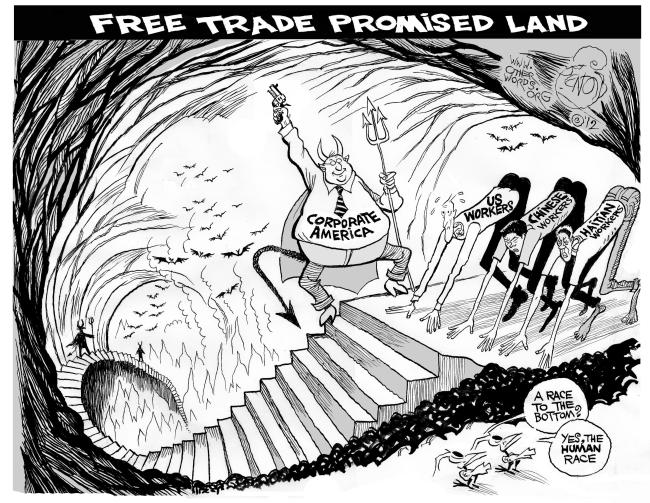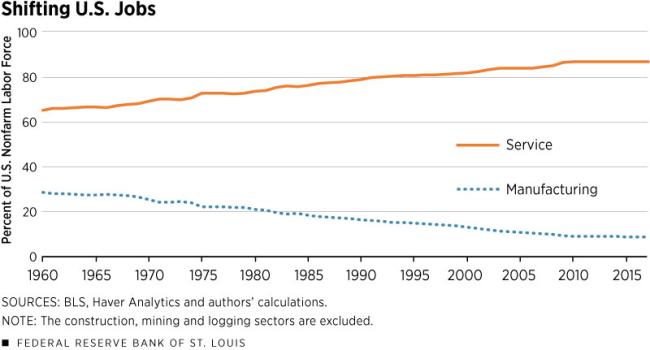
Photo by Spencer Davis
Race to Bottom
Q4 2018 earnings season is starting up. 2019 earnings look good, but the trade war with China could have a negative impact. I think when Trump & Co. embarked on this trade war with China, they thought it would be easy to win and China would quickly come to the table because their biggest and best customer was asking for a better deal.
The problem with the trade war is it can and will most likely hurt profits based on the current trajectory. Goldman Sachs put together some estimates based on assumptions of further escalation if Trump and China don’t work out some deal. I think the recent drop in stocks is reflecting a potentially negative outcome to the trade war. It is not a recession, but projected earnings are going the wrong direction which is bad for stock prices.
The trade war with China is a complicated issue. Politicians, like Trump, want you believe that countries like China are stealing jobs from U.S. citizens through dubious trade practices. China is a communist country and they see U.S. companies operating in their country much differently than we see foreign companies operating in the U.S. We like it when BMW, Mercedes, Honda and Toyota open factories in the U.S.. However, China’s government wants more control, and force “technology transfers” of intellectual property (IP) and manufacturing “know-how” if you want to operate in China. Some critics of the trade war suggest this is overstated, and China has been paying more and more for royalties / IP as they have gone from being a manufacturer of other people’s products to developing their own. Like all good capitalists, they too would like royalties for their intellectual property as they have become first world competitors.
A recent research paper by the St. Louis Federal Reserve Bank suggests that over the last two decades, we have shifted much of our offshore manufacturing from countries like Japan, Korea and Taiwan, to China.^ Now we are moving that manufacturing to Vietnam, Indonesia and India, and other lesser developed nations. This is the nature of manufacturing. Some call it the “race to the bottom”. At one point, it was cheaper to manufacture in the U.S. as we paid dirt cheap wages to a largely immigrant workforce. This is the story of American industrialization. This led to the rise of unions, minimum wages and stricter labor laws. This is how it works with the development of every newly industrializing nation. And this is why manufacturing is moving to lower cost alternatives like Vietnam, Indonesia and Thailand, who are stealing business from China (or outcompeting them… whatever you want to call it.)
In the 19th century, nearly 80% of jobs in the U.S. were related to agriculture. The problem with farm tractors and their implements, technology as some call it, was it took less people to produce a crop. Today, agriculture requires less than 2% of the U.S. workforce. Politically, do you think a decline in agriculture employment went over well in this nation? Thomas Jefferson, if he had his way, and I like the man, would have preferred a permanently agrarian society. Had we stuck to his vision, would American society be better or worse off today?
Manufacturing in the U.S. has been on the decline since the 1960s as Multi-National Corporations (MNCs) found the lowest cost alternative to manufacture whatever it was they made. Nike outsources their manufacturing, and I have routinely asked the question in these reviews – who is winning? Nike, or the Chinese or Vietnamese manufacturer working at razor-thin margins who can be fired in a heartbeat by a highly educated Beaverton employee who can find a better and cheaper alternative? Innovate or die is my motto. New, not old, is the key to survival. We must compete if we want to be a leader economically. Protectionism, i.e. trade wars, is the not the long-term solution. This is just my opinion of course.
^ Understanding the Roots of the Trade Deficit, Reinbold and Wen, Q3 2018, Federal Reserve Bank of St. Louis




